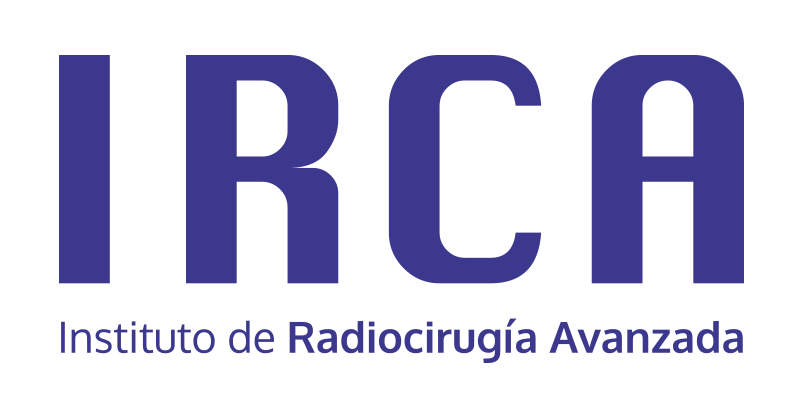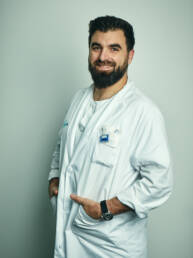The best team of professionals and ZAP-X technology
The Institute of Advanced Radiosurgery (IRCA), based at the Hospital Viamed Virgen de La Paloma, was created with the aim of providing our patients with an effective treatment, with the most innovative technology and with a specialised medical team with the highest qualifications, of brain, head and neck injuries, as well as treatment of extreme pain.
01. The only equipment in Spain
IRCA has the only Zap-X in Spain. There are only 10 in the world and 4 of them in Europe.
02. Low invasive technology
The use of ZAP-X is painless, does not require anaesthesia and is applied on an outpatient basis. The patient returns home the same day.
03. Innovation and avant-garde
Zap-X is a commitment to innovation, as it allows us to continue advancing in the world of radiosurgery. IRCA always at the forefront

ZAP-X is the most advanced stereotactic brain radiosurgery system currently available, which treats benign and malignant lesions of the brain, head and neck and a wide range of functional neuropsychic pathology with high precision, in a non-invasive and highly effective way. Unlike other technologies, it is able to control the dynamics of irradiation at all times, managing to administer a treatment without damaging the surrounding healthy structures. Due to its features, it humanises the use of technology and makes it visually accessible to all patients.
IRCA TREATMENTS
At ZAP-X, therapy can be considered for the following clinical pictures, among others. The evaluation of individual cases is carried out by an interdisciplinary cooperation of specialised physicians (radiation oncologists, neurosurgeons, neurologists, neuroradiologists).
Benign brain tumours
Within benign brain tumours, ZAP-X can treat acoustic neurinoma/ Vestibular Schwannoma, meningioma and pituitary adenoma.
Neurovascular diseases
There are many treatments that can be addressed with ZAP-X at IRCA (Institute for Advanced Radiosurgery). In addition to functional diseases and benign tumours, neurovascular diseases such as arteriovenous malformation (AVM), cavernoma and glomus jugulare tumours can also be treated.
Malignant brain tumours
Brain metastases, high and low grade glioma, chordoma and chondrosarcoma can also be treated at IRCA (Institute of Advanced Radiosurgery).
Functional diseases
At IRCA (Institute of Advanced Radiosurgery), sessions are offered to treat trigeminal and hypoglossal neuralgia; and intractable oncological pain is also targeted.
COMMITMENT
A constant commitment to patients and society
The Institute of Advanced Radiosurgery provides innovation and cutting-edge techniques that guarantee patients the best results in their treatment. In addition, the professionals who make up IRCA are internationally renowned doctors who are not only dedicated to medicine but also to teaching and research, using all their resources to train the neurosurgeons and radiation oncologists of the future and to be able to continue advancing in cancer treatment and pain management techniques.
TEAM
IRCA has a medical team of international prestige who are not only dedicated to medicine but also to teaching and research, using all their resources to train the neurosurgeons and radiation oncologists of the future and to be able to continue advancing in cancer treatment and pain management techniques.
Dr. Kita Sallabanda
Neurosurgeon
Dra. Morena Sallabanda
Radiation Oncologist
Enrique Pascual
ECT / Radiotherapy
International patient
At the Institute of Advanced Radiosurgery (IRCA) we provide comprehensive, high quality care to patients arriving in Spain who need to be treated or, on many occasions, seek a second opinion after a diagnosis in their country of origin.
In the case of a second opinion, we carry out individualised reviews of the patient’s medical history using the reports provided by the patient or we examine the patient from scratch in order to be able to offer a diagnosis. All of this is carried out by a multidisciplinary and highly experienced team.
IRCA
FAQ Radiosurgery
What is Radiosurgery, an approach to the concept
Radiosurgery is a form of radiotherapy. It has the particularity of being extremely precise.
Its aim is to treat tumours in the brain and functional abnormalities of the brain that cannot be treated with ordinary surgery.
It is also known as stereotactic radiosurgery and stereotactic radiosurgery.
Radiosurgery is not surgery
Although radiosurgery contains the word surgery within it, it is not a surgical procedure.
Rather, it is an alternative for patients who cannot undergo surgery due to the location of the lesion.
Is it stereotactic radiosurgery or estereotactic radiosurgery?
Both terms are used in the same way, although it is suggested to use only the word stereotactic in English.
Radiosurgery equipment
Radiosurgery requires high-tech equipment, which delivers radiation to the damaged area with a minimal margin of error.
At present, IRCA radiosurgery has the most advanced stereotactic radiosurgery system, the ZAP-X technology.
Unlike other technologies, ZAP-X technology is able to control the dynamics of the irradiation at all times, ensuring that the healthy structures surrounding the lesion are not damaged much more effectively.
What health problems does radiosurgery treat?
Intracranial radiosurgery treats a variety of brain or intracranial problems, including:
-malignant tumours of the brain, head and neck
-benign lesions of the brain such as pituitary adenomas, neurinomas, early stage meningiomas and metastases
-Neuro-psychic pathology such as some types of epilepsy and trigeminal neuralgia
How radiosurgery is applied
First of all, the site of the lesion must be unequivocally located by determining the exact coordinates of where it is located.
To do this, stereotactic CT (computerised axial tomography) and angiographic imaging tests are performed, complemented by magnetic resonance imaging, to determine the exact location and size of the lesion to be treated in the brain.
One of the great advantages of the ZAPx technology available to us at IRCA is that we no longer use the classic stereotactic frame.
This frame consisted of a ring that was fixed to the skull with screws and served as a reference to concentrate the radiation beams on the site to be treated and stabilise the head.
With the technology we have at IRCA, it is not necessary to nail any device to the patient's head.
This eliminates the unpleasant effects of placing the traditional stereotactic frame around the head:
We do not leave punctate wounds left by the nails, so there is no danger of them becoming infected.
Possible pain at the nail insertion points and also from the pressure that the fixation can exert are avoided.
There are no tingling sensations that can be caused by anaesthesia.
Other undesirable side effects such as swelling of the eyelids or the whole face as a result of the pins do not occur either, because at IRCA we do not use this procedure.
The treatment is painless, outpatient and in an open space with windows, which avoids claustrophobic sensations.
During the treatment, fine beams of ionising radiation produced from cobalt are applied from a multitude of entry points.
The advantage of the ZAPx technology we use at IRCA is that it is more advanced than the traditional cobalt pump, or others such as particle accelerators, is that it does not require isolation in the depths of a bunker, does not require anaesthesia, is painless and non-invasive. And, what's more, in a single session.
With all this, we manage to humanise the whole process.






